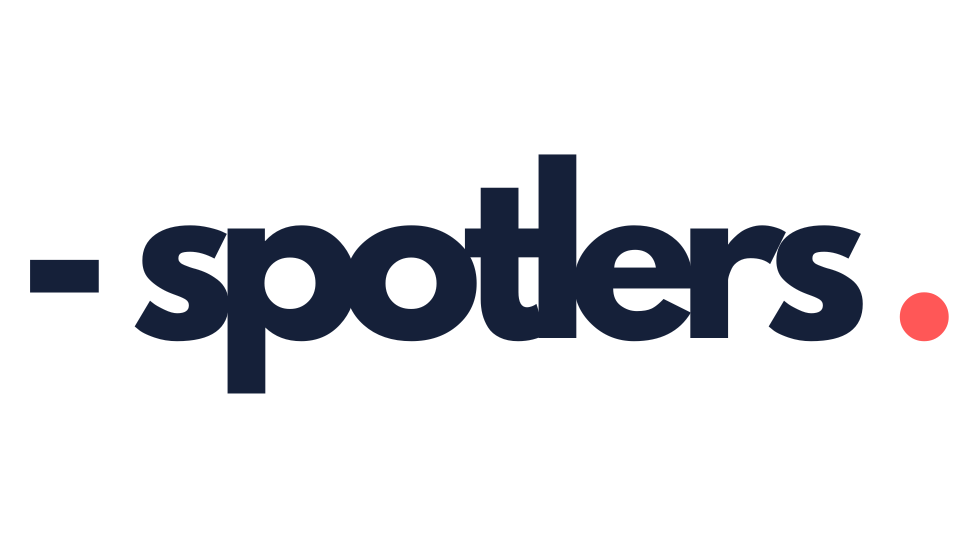
- By spotlers.com
- 19.10.2025
- No Comments
Whether you’re launching something new or defending your position in a crowded category, you won’t get far without brand advertising. A strong content strategy, reinforced by smart paid activity, helps you claim mental availability with the right audience and secure your spot on their shortlist. Below, we unpack the role of brand ads, which formats work best, and the metrics that prove impact.
Why Turn Brand Advertising On Now, Not Later
The core job of brand advertising is to scale reach and frequency so your name and value proposition feel familiar to as many people as possible. Paid reach is especially valuable when you’re:
launching a brand or new product line
undergoing a rebrand
entering new regions or segments
supporting special projects, partnerships, or social initiatives
What it delivers:
introduces your brand to new audiences and warms up demand
lifts SEO and content performance by boosting recognition and search CTR
builds durable associations between your brand and specific needs/values
amplifies PR and sponsorships—recognisable logos get noticed and remembered
Paid vs. Organic Traffic: Not “Either–Or,” but “Both–and”
Paid traffic (ad clicks) drives results fast, yet by itself doesn’t prove content appeal. Its role is to complement organic, supercharge seasonal pushes, and accelerate growth.
Organic traffic (unpaid search visits) is the market’s vote that your content resonates. The highest leverage comes from the combo: ads grow familiarity and click-through, while content converts attention into sign-ups and sales.
Strategies to Grow Awareness: Match Format to Audience and Objective
Pick channels based on whom you want to reach and what behaviour you want to spark. Start with media-consumption research for your target segments.
Traditional Media
Newspapers, magazines, TV, and radio remain powerful for broad awareness and emotive storytelling.
Pros: vast reach; big creative impact
Cons: higher cost (especially premium placements); broader, less precise targeting
Digital & Social
From paid social to PPC, digital offers precision targeting and fast optimisation.
Pros: granular targeting; real-time measurement and iteration
Cons: requires expertise to manage well; audiences can experience ad fatigue
Out-of-Home (OOH)
Billboards, transit ads, and digital signage dominate public spaces.
Pros: high impact via scale and prominence; strong for geographic targeting
Cons: costs vary by location/format; less precise than digital
Entering New Markets: Build Presence with a Multifaceted Plan
Market research & insights. Map demographics, motivations, and media habits to craft messages that land and build loyalty.
Channel mix. Use a blended plan (digital, print, experiential) tailored to the new market’s nuances.
Active optimisation. Monitor performance in real time and adjust quickly to maintain momentum.
Measuring Success: KPIs That Signal You’re Winning
Engagement metrics. Impressions, reach, video completion, clicks, and social interactions indicate attention and interest.
Conversion metrics. Track downstream actions—sign-ups, trials, purchases—to tie awareness to ROI.
Brand sentiment. Surveys, social listening, and review analysis show how people feel about your brand after exposure.
Make Advertising and Content Work Together
When brand ads create immediate visibility and your content delivers depth and value, you build trust, preference, and long-term loyalty. That synergy not only raises awareness—it sets the stage for sustained growth in competitive markets.











